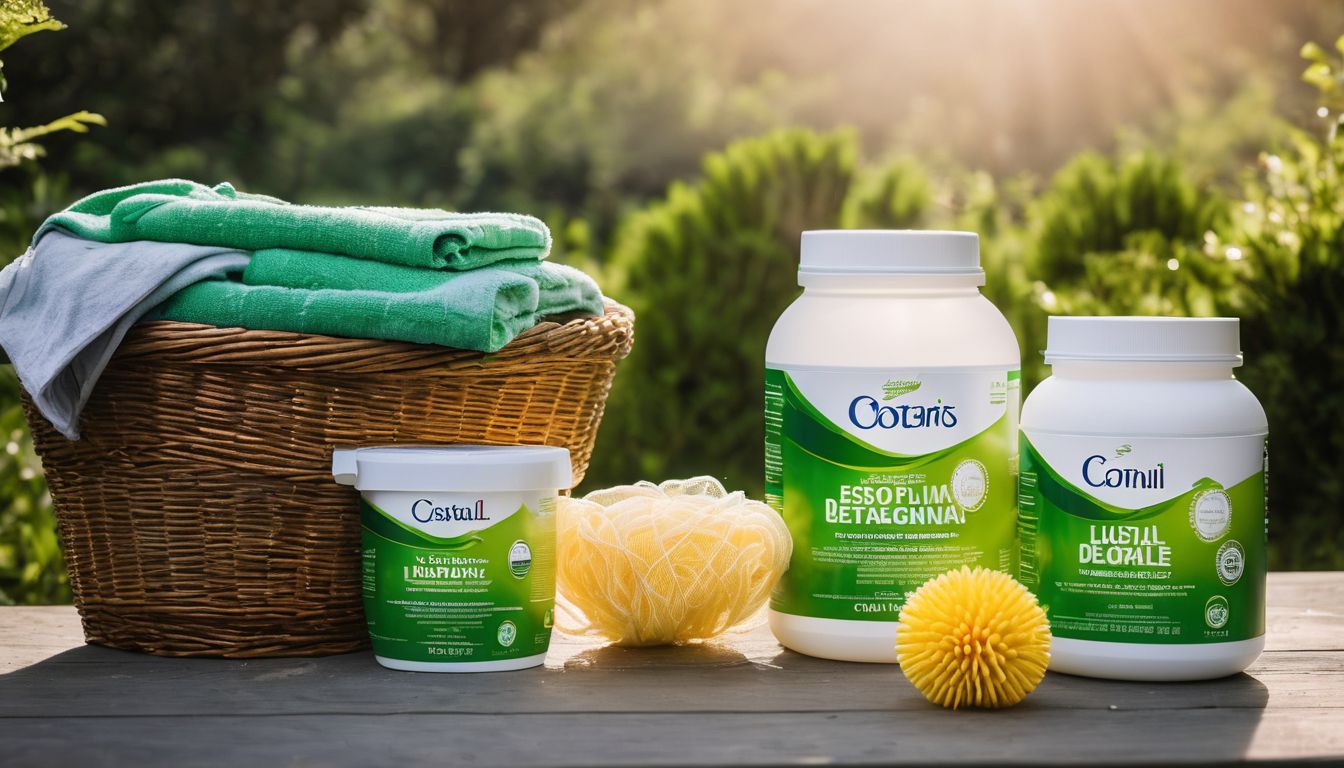Winter is the season of sledding, snow angels, snowmen, and little snowflakes that cling to knitted things. Unfortunately, it’s also the season of slippery sidewalks, snowed-in vehicles, and icy frustrations. To make matters worse, the conventional tools of snow removal—namely, salt and snowblowers—harm the environment. Fortunately, there are some earth-friendly alternatives to your snow removal!
BENEFITS FOR THE ENVIRONMENT: Snowblowers guzzle fuel, and salt harms water, flora, and fauna. Shovels, leftover wood shavings, and ice chisels don’t ☺
BENEFITS FOR YOUR HEALTH: Snowblowers pollute the air and rock salt causes diseases. Fortunately, a shovel does neither, and it is a no-gym required great work out!
Cost: Low. Alternative deicers cost more than conventional rock salt. However, you’ll save lots of money if you forgo the snowblower.
Time: Moderate. Shoveling takes time.
Eco-Friendly Snow Removal Guidelines:
- Resist the snowblower—it eats dirty energy and pollutes the air. If you’re set on a snowblower, buy one communally with your neighbors. To maximize efficiency, choose a 2-stage snow blower with a 4-cycle overhead-valve engine. You might also consider an electric or hybrid snowblower, but remember—just because you’re not pouring gas into it doesn’t mean that the machine isn’t guzzling fossil fuels (like coal). If you already own a snowblower, use it sparingly and keep up with its maintenance—make sure to change the oil and clean the filters regularly.
- Shovel—if you don’t already own a shovel, buy a durable one, not a flimsy plastic thing that breaks after the first snowfall. Consider investing in the Wovel, a wheeled snow shovel that acts as a lever, enabling you to lift and toss with minimal effort. The Wovel results in a 3 to 4 times reduction in lower back stress and cardio exertion than traditional shoveling, according to a University of Massachusetts study. To tackle stubborn ice patches, you might also want to get an ice chisel. Or you can skip the shoveling altogether and pay a neighborhood teenager to do it!
- Avoid rock salt—rock salt, or sodium chloride, lowers the freezing point of water, preventing ice and snow from bonding to pavement. It’s cheap and easy, which is why 15 million tons of deicing salt is used each year. Unfortunately, sodium chloride is an environmental burden. It damages roadside vegetation and soil, leading to erosion. It lures animals like moose and deer to the road, where they risk getting struck by traffic, not to mention people in their cars having animals crash through their windshields which can often result in critical injuries. It contaminates streams and changes the taste of drinking water. Once chloride contaminates groundwater, it stays there for a long time. According to the EPA: “Unlike other contaminants, such as heavy metals or hydrocarbons, chloride is not naturally removed from water as it travels through soil and sediments and moves toward the water table.” Sodium is harmful to humans. It can cause elevated blood pressure and cardiovascular, kidney, and liver diseases, according to the Centers for Disease Control.
- Avoid most other deicers—there are many alternatives to sodium chloride out there, and many of them claim to be environmentally friendly. They aren’t. Avoid all chlorides, including calcium chloride, magnesium chloride, and potassium chloride. All chloride salts “corrode concrete and metal, damage vegetation, and irritate the skin of pets, which can even poison themselves while trying to lick their feet clean.” Calcium magnesium acetate (CMA) causes less environmental harm, but it is not benign, as it may lower oxygen concentration in soils and waters, affecting vegetation and aquatic life. Don’t use urea (carbonyl diamide) because it releases nitrates (which encourage algae blooms and choke out vegetation) and toxic ammonia. A safer alternative is Safe Paw, “which is chemically similar to urea but contains nitrate-inhibitors that bind its nitrates to soil and keep it out of the water supply.”
Check the thermometer before applying a deicer. When the temperature dips, deicers become wholly ineffective. Sodium chloride, for example, won’t work below 20 degrees Fahrenheit. Read the instructions on the deicer, and don’t use more than necessary. Reduce your use by mixing the deicer with equal parts sand. Once the snow melts, sweep up the deicer on a dry day. Store the deicer in a dry, windless location. - Clear snow early in the day so that the afternoon sun can melt any remaining icy patches. Shovel before the snow gets compacted. With this method, you might be able to forgo deicers completely.
- Gain traction on hard-to-vanquish icy spots by applying sand, birdseed, ash from your fireplace, or wood shavings, which you can get for free at many carpentry shops. If you use crushed rock or gravel, shovel it in the spring and store for future use. Invest in winter boots with good treads or improve your existing shoes with slip-on spikes.
- Ditch your snow-bound car! Carpool, catch a bus, or telecommute from home if your job allows it. Maybe even strap on a pair of cross country skis or snowshoes to get to work☺
The most important thing is to stay safe, avoid driving if possible, and protect those most vulnerable to slips and falls. Good luck this winter!




